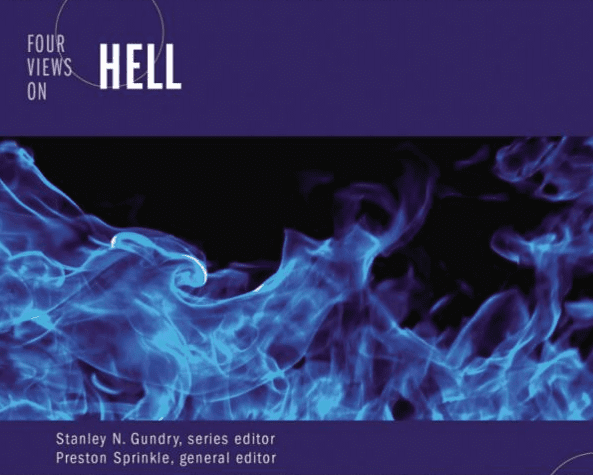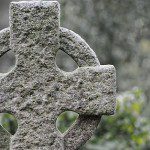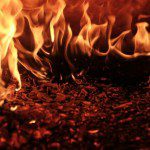The almost universal traditional view of hell in the Christian church is that it is a lake of fire, that it will last forever and ever and that the wicked will be conscious and tormented endlessly. So Edward Fudge, in his Hell: A Final Word , sketches what we find in the lake of fire text in Revelation.
The Lake of Fire in Revelation in Revelation 20:14-15:
Then death and Hades were thrown into the lake of fire. The lake of fire is the second death. 15 Anyone whose name was not found written in the book of life was thrown into the lake of fire.
First, the lake of fire is probably related to Daniel 7’s river of fire, a fire that destroys evil world leaders (the Beast and the False Prophet).
Second, in Revelation the Beast, the False Prophet and Satan/Serpent are thrown into the Lake of Fire. The place for the unholy trinity of evil. They are “tormented day and night forever and ever” (20:10). Only they are said in the Bible to be tormented endlessly.
Comment: Yes, Fudge is right; no one else is said to be tormented forever. But wicked humans are tossed into the same Lake of Fire in the next chapter. But Rev 14 has humans with much the same finality — humans, the smoke of their torment, endless. More importantly, God is thereby now theologically and logically connected to endless torment. The unholy trinity may be upgradings of sin and evil and wickedness but they are still said to be tormented endlessly. Fudge appeals next to a human — Hanns Lilje — but this is an argument from a human or an authority or an experience. It doesn’t for me wipe away the glaring reality of an endless torment administered by God. The problem of endless torment is now officially connected to a theological problem.
Death is tossed into the Lake of Fire (20:14). Hades is tossed into the Lake of Fire (20:14).
The Lake of Fire is the Second Death. The death of the age to come. Lake of Fire is defined by Second Death, meaning that Second Death is the ruling image. The two options are life (eternal, city of God) and death (final, second death, Lake of Fire). Humans enter the Lake of Fire, the Second Death: Rev 21:8.
So for Fudge all texts dealing with endless torment are explained, destruction is seen as the ruling image, Death is the outcome, and the absence of life is the outcome for the wicked. For Fudge the emphasis — undeniable — in the Bible is a fire that consumes or destroys, not a fire that purges or that torments. Edward Fudge makes the best case of anyone alive today for the annihilationist viewpoint.











